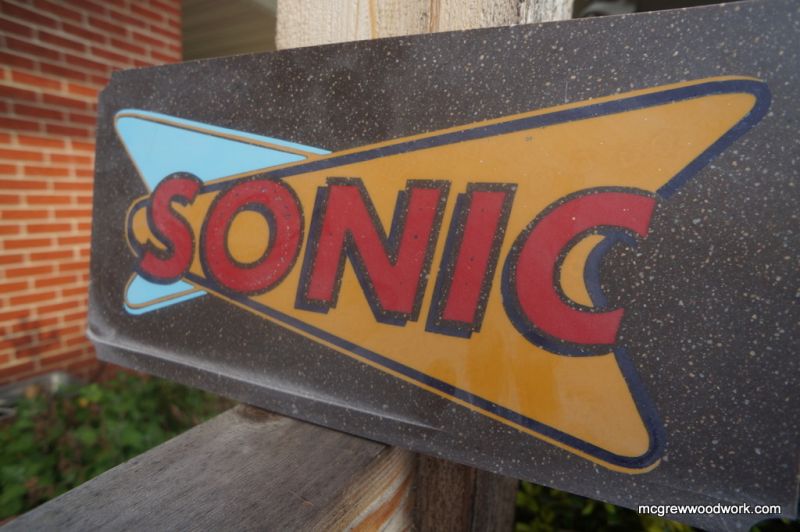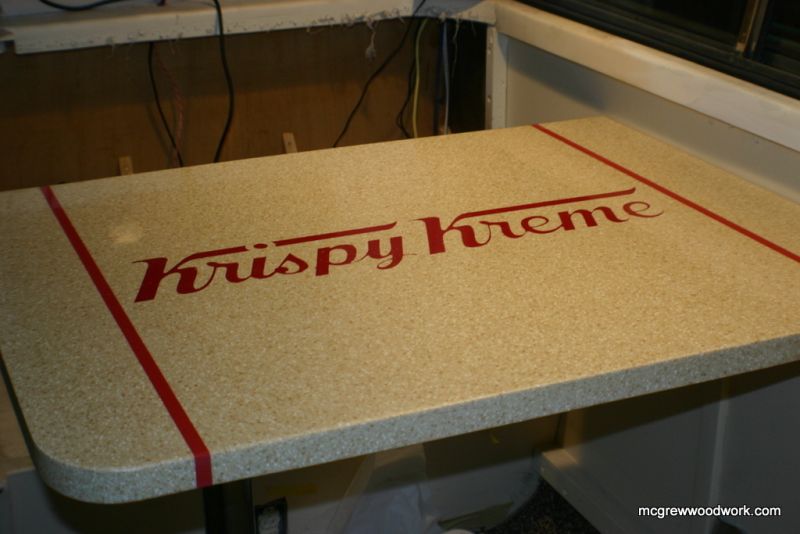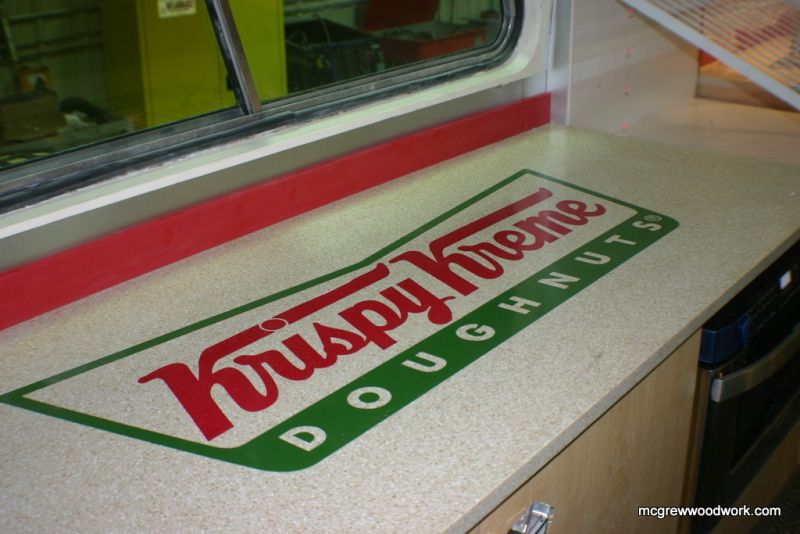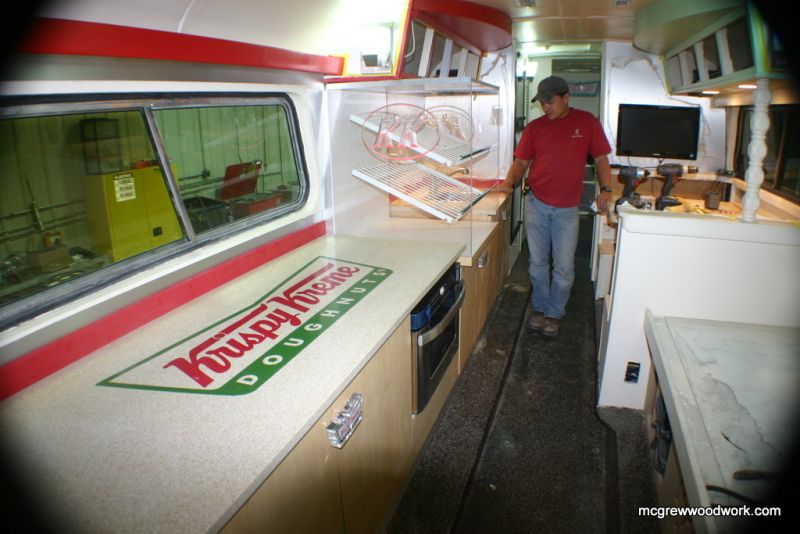Decorative Epoxy Inlay Tips
Advice on choosing a pourable or flowable material for decorative inlay work. March 13, 2014
Question (WOODWEB Member) :
We're in the process of spicing up some of our offerings and want to add some different inlay options. Most of our work is solid and I am experimenting with colored epoxy in place of wood for the actual inlay material. The biggest benefit of using epoxy would allow us to do tightly curved inlays with greater speed and less skill as required in working with solid wood inlays.
We've used West Systems and Five Minute Epoxy with limited success. This is mostly due to bubbles forming and leaving craters. This won't be a problem but adding color and colors has made it difficult to match if a second round of epoxy is needed. Also, Iím not sure about how epoxy will hold up to seasonal expansion. Any thoughts or guidance would be greatly appreciated.
Forum Responses
(Cabinetmaking Forum)
From contributor M:
I've done this a number of ways, and in general I've found that using a slow cure, low viscosity epoxy is better. A two-step process is better for bubbles. First use a penetrating epoxy sealer, then the inlay material after the first has set. I only do this, however, when the whole piece can be sealed with the CPES, as it's too hard to isolate to only the area that you need. As far as brands, I'm not really loyal, but have had good results with the pourable bar top type finishes.
From the original questioner:
Since we're just blending and mixing colors on the fly we'll only have the opportunity to get it right one time (so just one glue-up). As for getting it in the grain, Iím not particularly concerned about this as we still have a fair amount of sanding to do, and so far it hasn't been an issue. Is it possible to color tint a pour-able bar mixture? Iíve not considered this in place of West Systems or Five Minute Epoxy. Are there any issues with it raising (so you can feel the joint) over time?
From Contributor W:
I buy 117312 flowing epoxy by the quart and colorants from Granquartz online. They have a 2 oz. kit or you can buy the 8.5 oz. bottles. I bought some recently and the logo below was a test run. I will have the finished later as I am doing two more on tops now.

Click here for higher quality, full size image
I have had no contraction problems with it at all and I have done some on wood.

Click here for higher quality, full size image

Click here for higher quality, full size image

Click here for higher quality, full size image
From contributor M:
The bar top finish has tinted fine for me. I've used it to fill in occlusions in burl slabs where I was looking for transparent color, so I'm not really sure if it will take full color. In the two step process that I was referring to, the CPES is not tinted, it just seals the wood. In the second step you add all of the color. One of the benefits of using a low-viscosity slow setting epoxy is that you can use a propane torch to pull the bubbles out before it sets. As far as feeling the joint over time, I think that is related to the size of the inlay. The wood will move, and the inlay will work a bit. Making the inlay shallower can help.
From contributor R:
Casting resin is a much better product than epoxy. You can start with opaque base colors for mixing custom colors. You can also get casting urethane from Alumilite (fast setting, no smell, more bubble issues), or polyester resin from Smooth-on or US Composites, (lots of smell, slow set, less bubbles). You can degas your materials in a vacuum before pouring to limit bubbles. All of these are rigid dry, wood is flexible. If you get too big like on the solid surface show, expect cracking in the future when the wood expands and contracts. Have you thought about lasers and veneer/solid hardwood? Itís very easy to cut your inlays and if you use a short lens on the laser, only .003" gap around the pieces.



